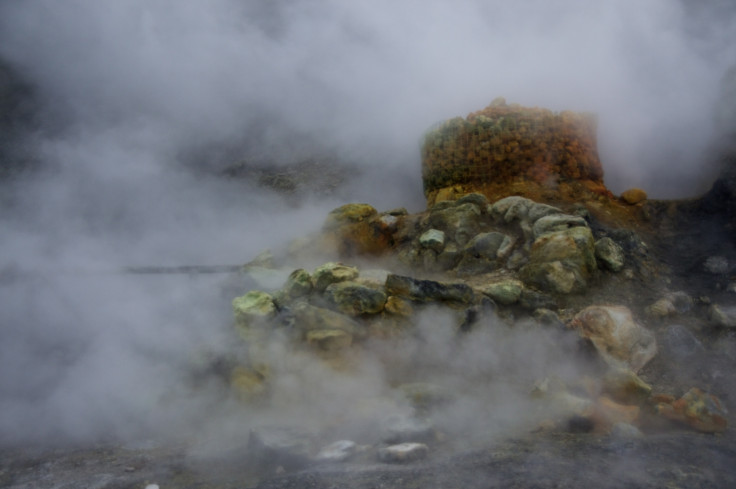Italy's supervolcano Campi Flegrei at greater risk of erupting than we thought
The volcano is located close to Naples where more than a million people live.

Italy's Campi Flegrei, one of the world's most dangerous supervolcanoes, might erupt sooner than expected, scientists have warned. More than a million people live in its vicinity.
Situated near the city of Naples, Campi Flegrei has an unprecedented 2,000-year record of historical unrest and eruption. Also known as the Phlegraean Fields, the volcano is considered one of the most dangerous on Earth because of its location, just over 10km from Naples.
Campi Flegrei is a large caldera which means it appears as a giant depression in the surface rather than a conical mountain. It offers valuable insights into the dynamic evolution of large calderas around the world.
It has shown signs of activity for the past 67 years. Local populations experienced small earthquakes in the 1950s, 1970s and 1980s, each time during two-year periods of unrest. Similar unrest had previously occurred 500 years ago, over a century, culminating in an eruption in 1538.
In a study now published in the journal Nature Communications, researchers from UCL in the UK and the Vesuvius Observatory in Naples described a new model of volcano fracturing to investigate when Campi Flegrei may be likely to erupt again.
"By studying how the ground is cracking and moving at Campi Flegrei, we think it may be approaching a critical stage where further unrest will increase the possibility of an eruption, and it's imperative that the authorities are prepared for this," explained Dr Christopher Kilburn, director of the UCL Hazard Centre.

The scientists point out that magma movements below the surface are responsible for the unrest. They find that over the past decades, this unrest has had a cumulative effect, causing a build-up of energy in the crust. This contradicts previous theories which stated that the energy needed to stretch the crust was eventually lost after each period of unrest.
As the scientists write, the "whole sequence of unrest since 1950 belongs to a single, long-term evolutionary sequence of accumulating stress and crustal damage". Although there is no way to predict exactly when an eruption will actually take place, the evidence suggests that Campi Flegrei is evolving towards conditions more favourable to an eruption - and it could happen sooner than we thought.
"We don't know when or if this long-term unrest will lead to an eruption, but Campi Flegrei is following a trend we've seen when testing our model on other volcanoes, including Rabaul in Papua New Guinea, El Hierro in the Canary Islands, and Soufriere Hills on Montserrat in the Caribbean. We are getting closer to forecasting eruptions at volcanoes that have been quiet for generations by using detailed physical models to understand how the preceding unrest develops," Kilburn added.
Around 360,000 people live across the volcano's caldera today and about one million in Naples. However, the scientists think that the potential eruption wouldn't necessarily be massive. It might not have a devastating impact on human life or on the climate, but could cause a number of disruptions.
"If an eruption does happen, it would potentially require the evacuation of the population. Chances are there would be important economic disruptions and the airport might have to be closed down as a precaution", Kilburn said.
© Copyright IBTimes 2025. All rights reserved.






















